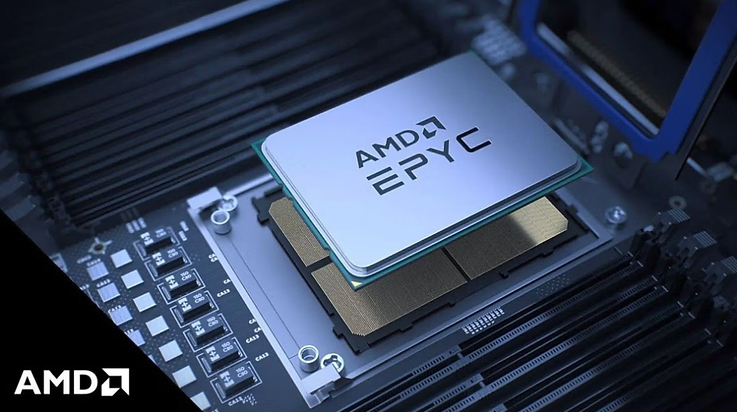In early February 2025, a big safety vulnerability was disclosed in AMD’s Safe Encrypted Virtualization (SEV) expertise, particularly affecting the Safe Nested Paging (SEV-SNP) characteristic. This flaw, recognized as CVE-2024-56161, permits attackers with native administrative privileges to inject malicious microcode into AMD processors, compromising the confidentiality and integrity of digital machines (VMs) designed to be protected by SEV-SNP.

Understanding the Vulnerability
The foundation of this vulnerability lies in improper signature verification inside AMD’s CPU ROM microcode patch loader. An insecure hash operate used in the course of the signature validation course of permits attackers to bypass safety checks and cargo unauthorized microcode. This malicious microcode can alter CPU habits, probably resulting in unauthorized knowledge entry or system management.
Google’s safety workforce demonstrated the severity of this flaw by crafting a proof-of-concept microcode patch. This patch modified the CPU’s random quantity generator instruction (RDRAND) to all the time return the quantity 4, illustrating how an attacker might manipulate CPU directions to undermine system safety.
Implications for Safe Encrypted Virtualization
AMD’s SEV-SNP is designed to offer remoted execution environments, making certain that VMs stay protected even when the underlying hypervisor is compromised. By encrypting VM reminiscence with distinctive keys and implementing reminiscence integrity checks, SEV-SNP goals to safeguard delicate knowledge in virtualized settings. Nevertheless, the found vulnerability undermines these protections, as malicious microcode can bypass encryption safeguards, resulting in potential knowledge breaches.
Mitigation Measures
In response to CVE-2024-56161, AMD has launched microcode updates to deal with the vulnerability. These updates are distributed via BIOS updates offered by unique gear producers (OEMs). To make sure methods are protected, customers and directors ought to promptly apply these BIOS updates and reboot their methods. Moreover, for sure platforms, an SEV firmware replace is important to help SEV-SNP attestation, permitting VMs to confirm that the platform is safe.
Challenges in Addressing the Vulnerability
One of many major challenges in mitigating this vulnerability is the reliance on BIOS updates for microcode distribution. In contrast to working system updates, BIOS updates will not be all the time utilized mechanically and sometimes require guide intervention. This dependency will increase the chance that many methods will stay unpatched, leaving them weak to potential exploits. Organizations should prioritize these updates to take care of system safety.
Conclusion
The disclosure of CVE-2024-56161 highlights the essential significance of sturdy safety measures in processor design and the challenges related to patching firmware vulnerabilities. Organizations using AMD processors, particularly in virtualized environments, ought to act swiftly to use the required updates and be certain that their methods are protected towards potential threats arising from this vulnerability.
